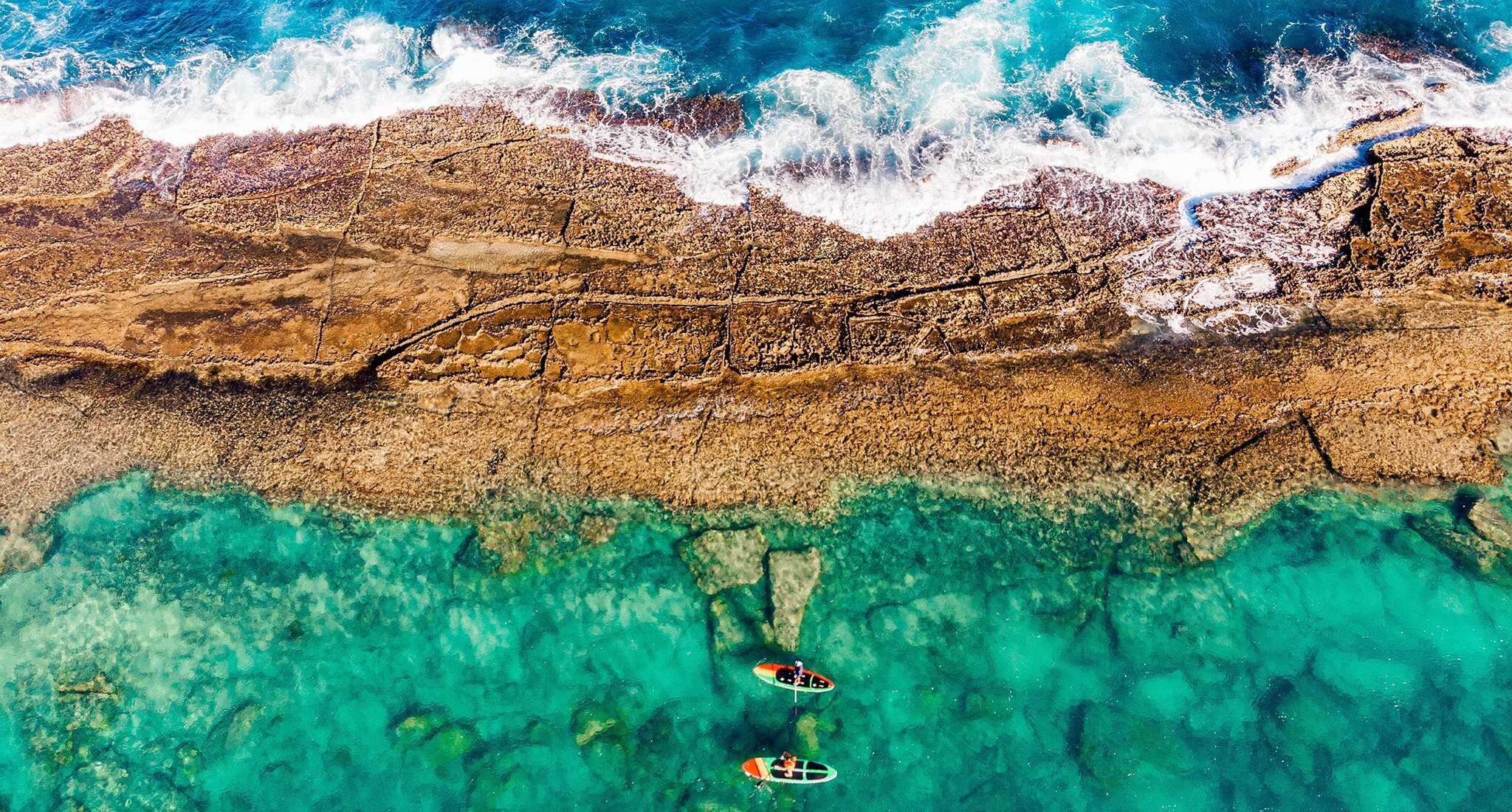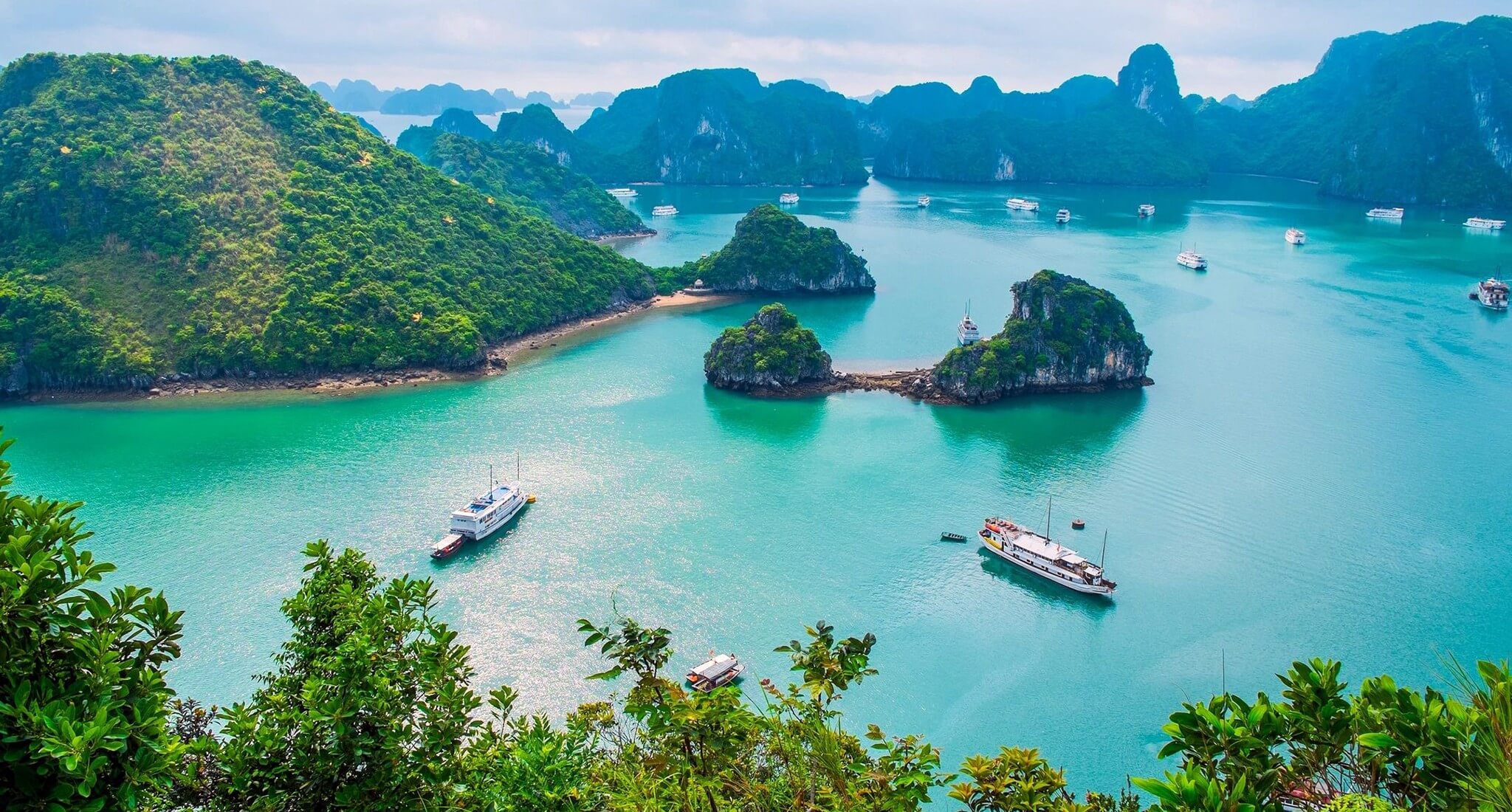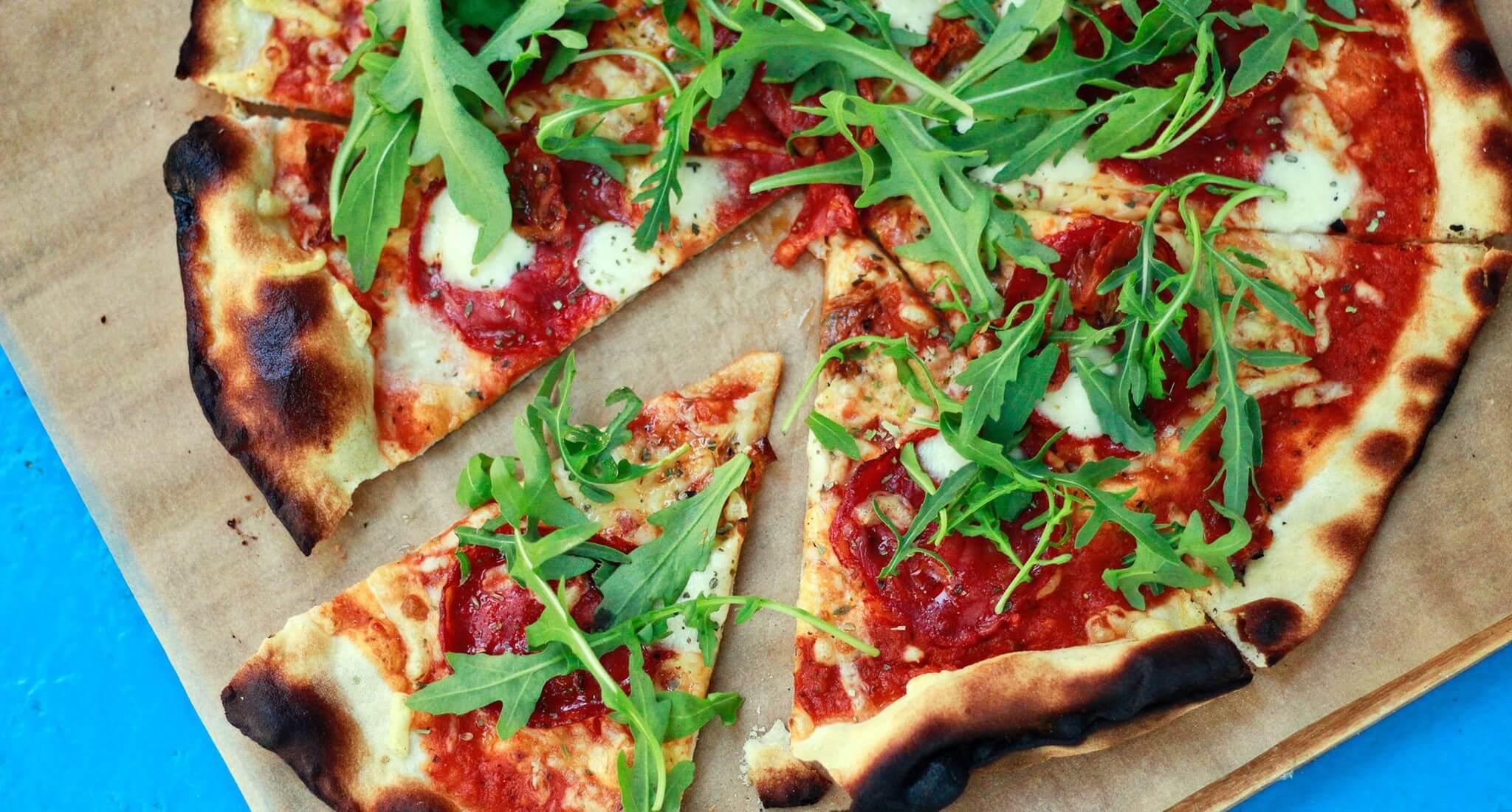Japan
Top Tips for Your Trip: Japan Travel Guide
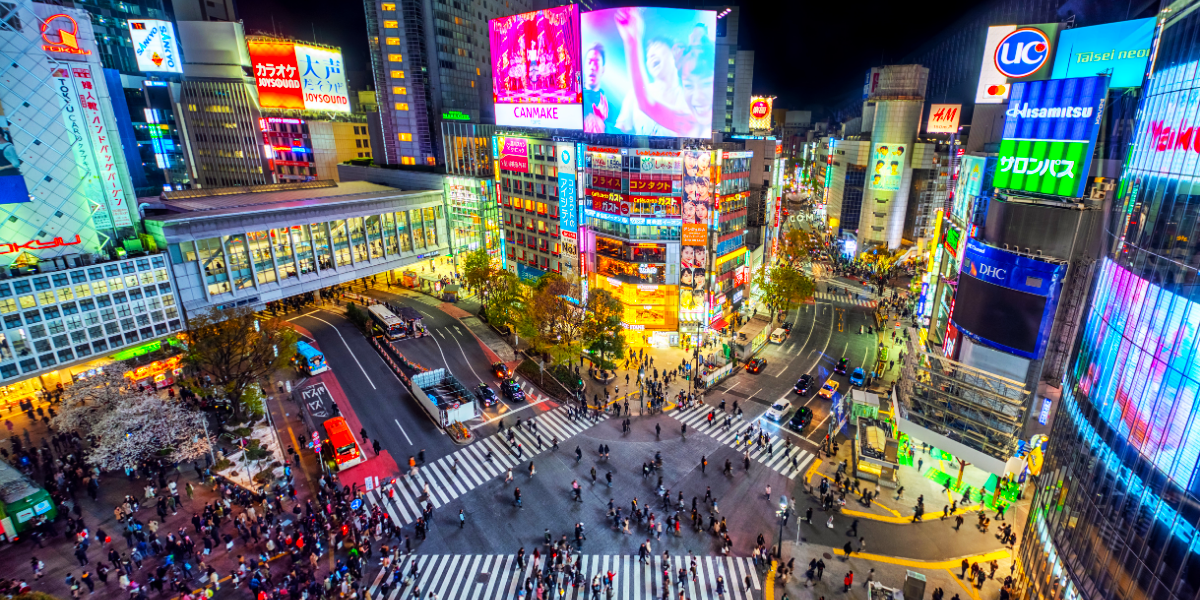
Learn about where to go, local food to order, important customs, and more in our Japan travel guide!
When to Visit
Not sure when to visit Japan? Get the 4-1-1 on weather throughout the year as well as when to expect smaller crowds and prices.
■ Weather: Japan is known for having four true seasons, with temperatures varying across the country. Spring days can reach the high 60s with evenings in March through May dropping to the low 50s. Summer then brings high heat, humidity, and rain reaching up to 90°F from June to mid-September. The fall then hovers between the 60s and 70s through November. With winter rounding out the year with temps as low as 35°F, bringing snow in some areas from December to February.
■ Save on Your Trip: The first peak season runs from March to May with the famous cherry blossoms. Golden Week also starts at the end of April and brings additional crowds. Prices then drop in summer, but come with very hot days and peak typhoon season. Tourism then booms again from mid-September to November for the fall foliage and cooler temps. Leaving major savings for snow bunnies during the winter months.
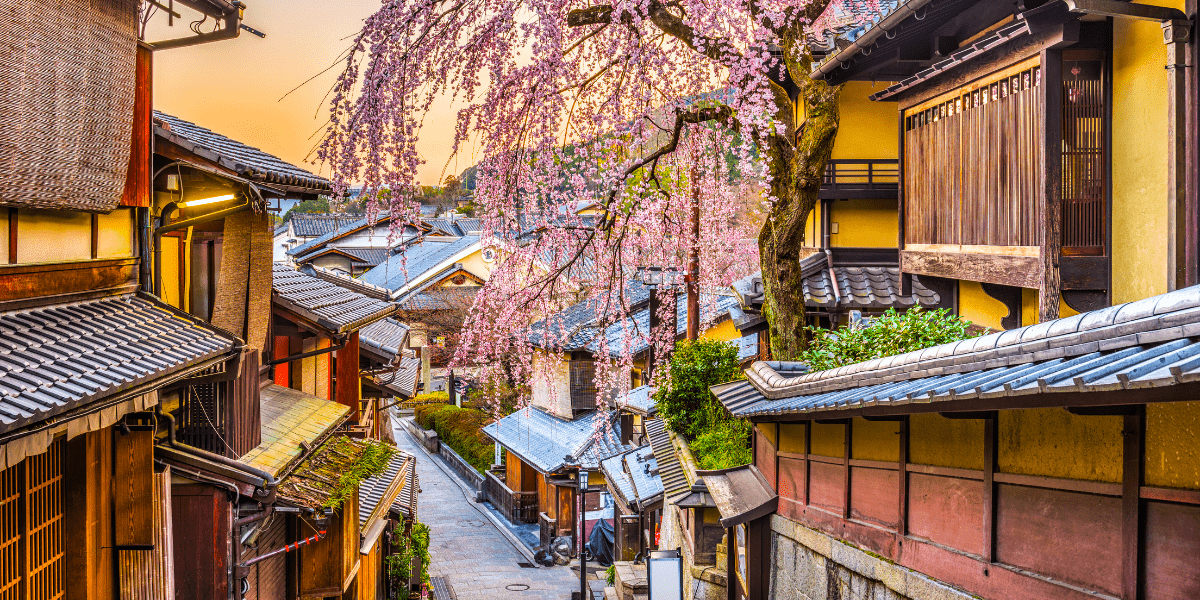
“Higashiyama District – Kyoto, Japan”
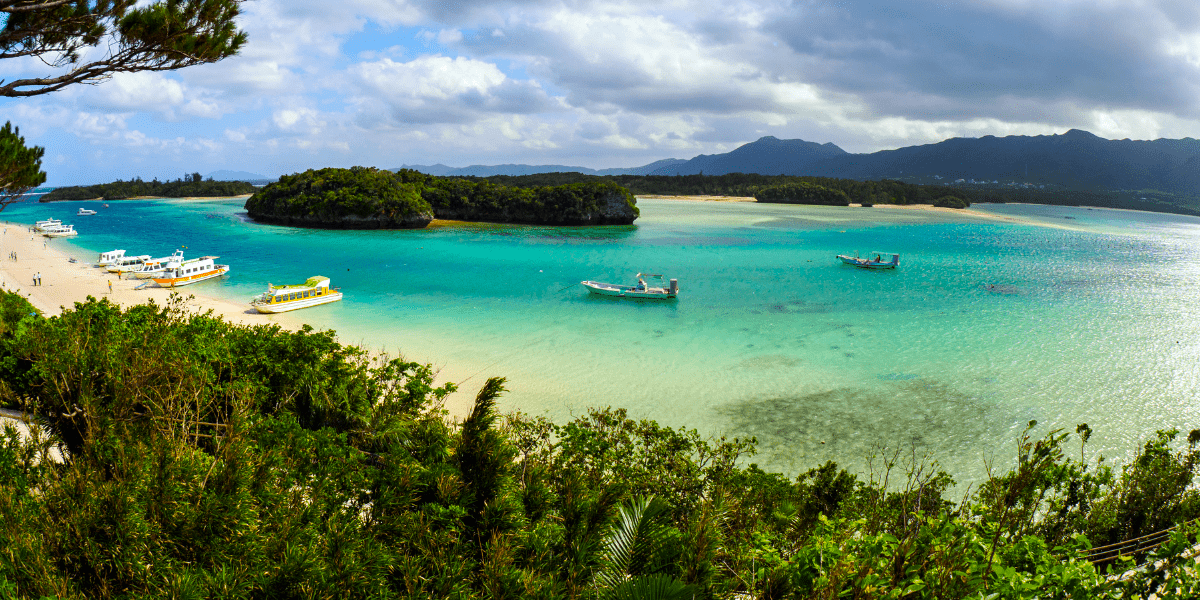
“Kabira Bay – Ishigaki, Japan”
It’s simple to travel around Japan with transportation modes like Shinkansen bullet trains, rental cars, flying, and buses. And with so many unique cities to choose from, here are twelve to add to your list.
■ Tokyo: Skyscrapers, themed cafes, and more in the capital.
■ Okinawa: Aqua water islands like Ishigaki and Miyako Island.
■ Shirakawa-go: Explore a stunning traditional village.
■ Osaka: Haven for foodies with bright lights and nature spots.
■ Kyoto: Enjoy beautiful temples and the famous bamboo forest.
■ Nara: Home to the adorable bowing deer in Nara-koen Park.
■ Hakone: Snap a picturesque shot of Mount Fuji from Lake Ashi.
■ Itsukushima: Also known as Miyajima or “Shrine Island.”
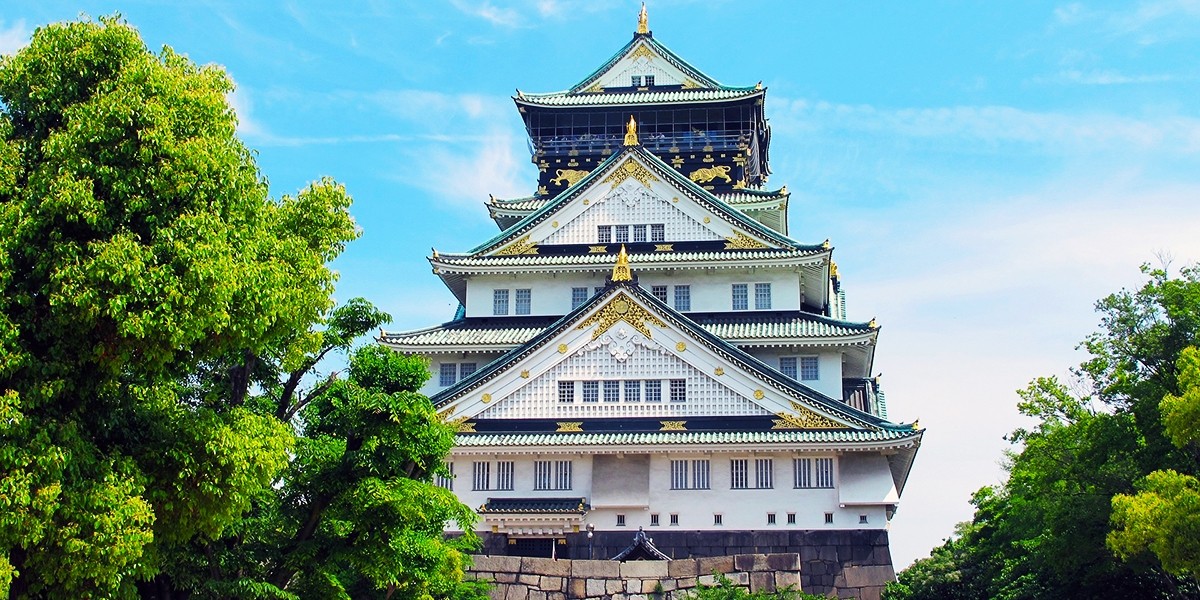
“Osaka Castle – Osaka, Japan”
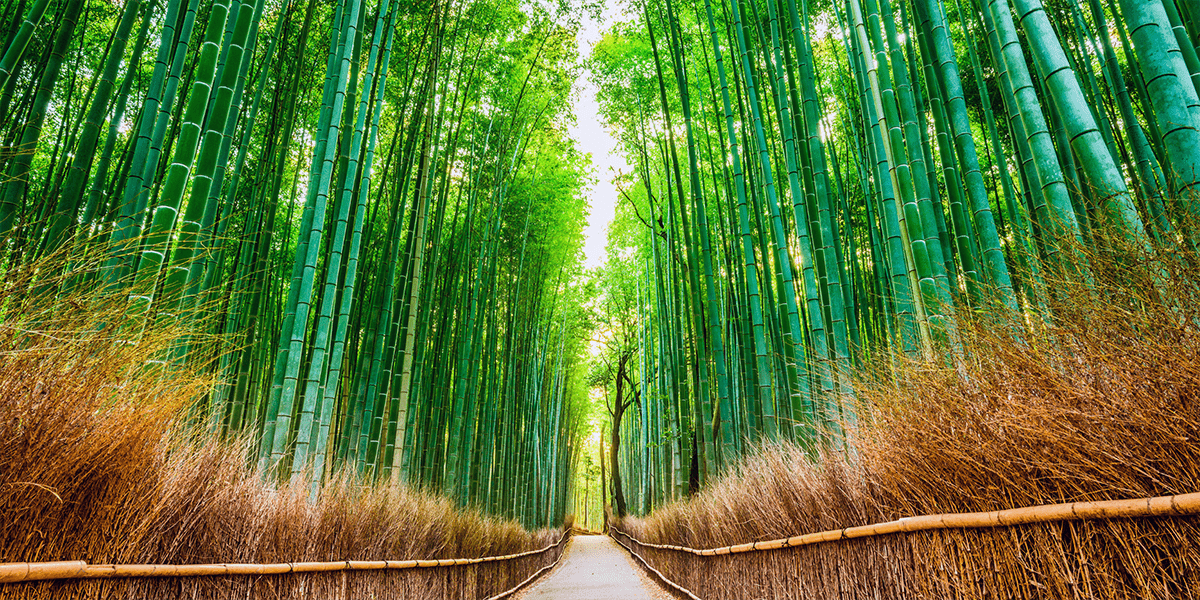
“Bamboo Forest Kyoto, Japan”
TOP THINGS TO SEE
You’ll quickly realize why there is such a buzz around Japan from all of the amazing things to see and do. So if you’re looking to fill your trip itinerary, here is a helpful place to begin!
■ Temples and Shrines: You could spend years exploring all of the breathtaking religious structures in Japan. But to start, here are four of the most photographed: Kinkaku-ji Golden Pavilion in Kyoto, Senso-ji Temple in Tokyo, Itsukushima Shrine in Hiroshima, and Hasedera Temple in Kamakura.
■ Wildlife: You can meet bowing deer in Nara as they roam the city like locals. Snow monkeys are also native to Japan and can be found in places like Jigokudani Monkey Park. Like with all wildlife, always be kind and respectful while in their space.
■ Sumo Wrestling: Curious about Japan’s national sport? Attend a honbasho in Tokyo (January, May, and September), Osaka (March), Nagoya (July), and Fukuoka (November).
■ Castles and Palaces: These majestic wonders need little introduction. So get ready for some sightseeing and history at Osaka Castle, Tokyo Imperial Palace, and Matsumoto Castle. Just to name a few!
■ Local Markets: Not sure which vendors to visit? Book a walking tour for the best seafood, shopping, and street food. And with so many options, it takes the research off your hands!
■ Nature: Whether you’re gazing at Mt. Fuji, skiing in Niseko, or frolicking in the Hokkaido flower fields, there are so many scenic sites to soak in. But wait, there’s more! Stop by Chūbu-Sangaku National Park, hike Kumano Kodo, bop through the Sagano Bamboo Forest, or chase waterfalls at Nachi Falls.
■ City Life: Experience the hustle and bustle among skyscraper views, themed cafes, fancy vending machines, 7-Elevens, museums like teamLab Borderless, and arcades. Or tour the city by go-kart dressed as your favorite character!
■ Beaches: Japan is surrounded by beautiful waterfronts. So if you love feeling the sand between your toes, research Miyakojima, Okinawa, Shimoda, Ishigaki, and Zamami.
■ Onsen: Soak in a natural hot spring created by volcanic activity. This relaxing activity can be enjoyed throughout Japan at hot spots (get it?) like Kinosaki, Kusatsu, Yufuin, Noboribetsu, and Fuji Kawaguchiko.
■ Cherry Blossoms: Catch the gorgeous pink flowers from mid-March to the end of April. Each area has its own bloom cycle, so check online for your desired city’s season.
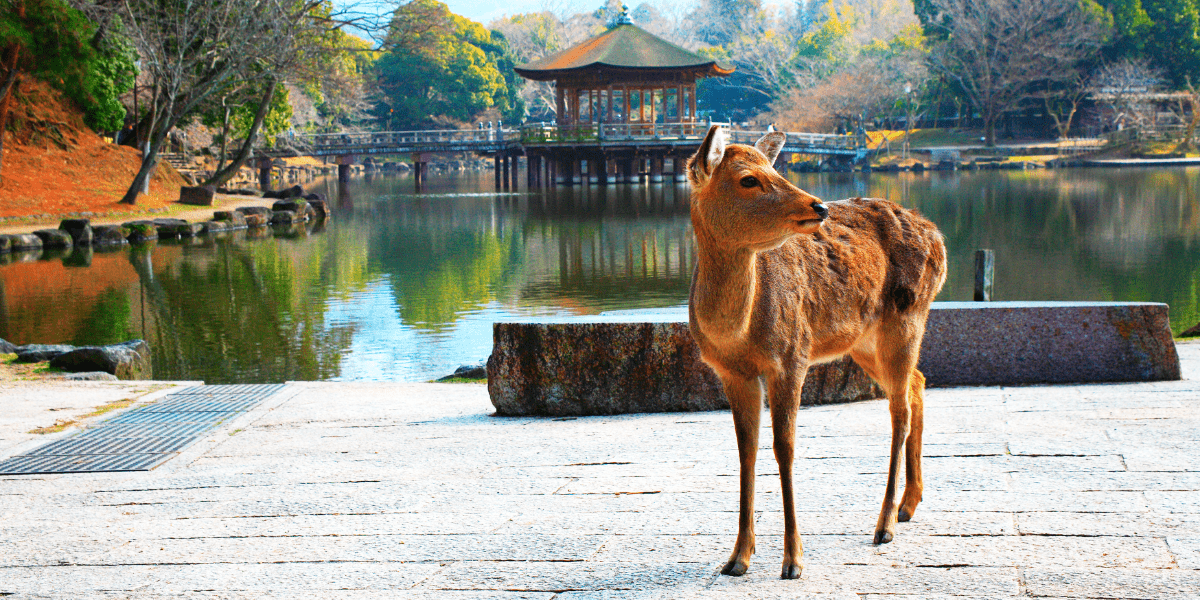
“Nara Park – Nara, Japan”
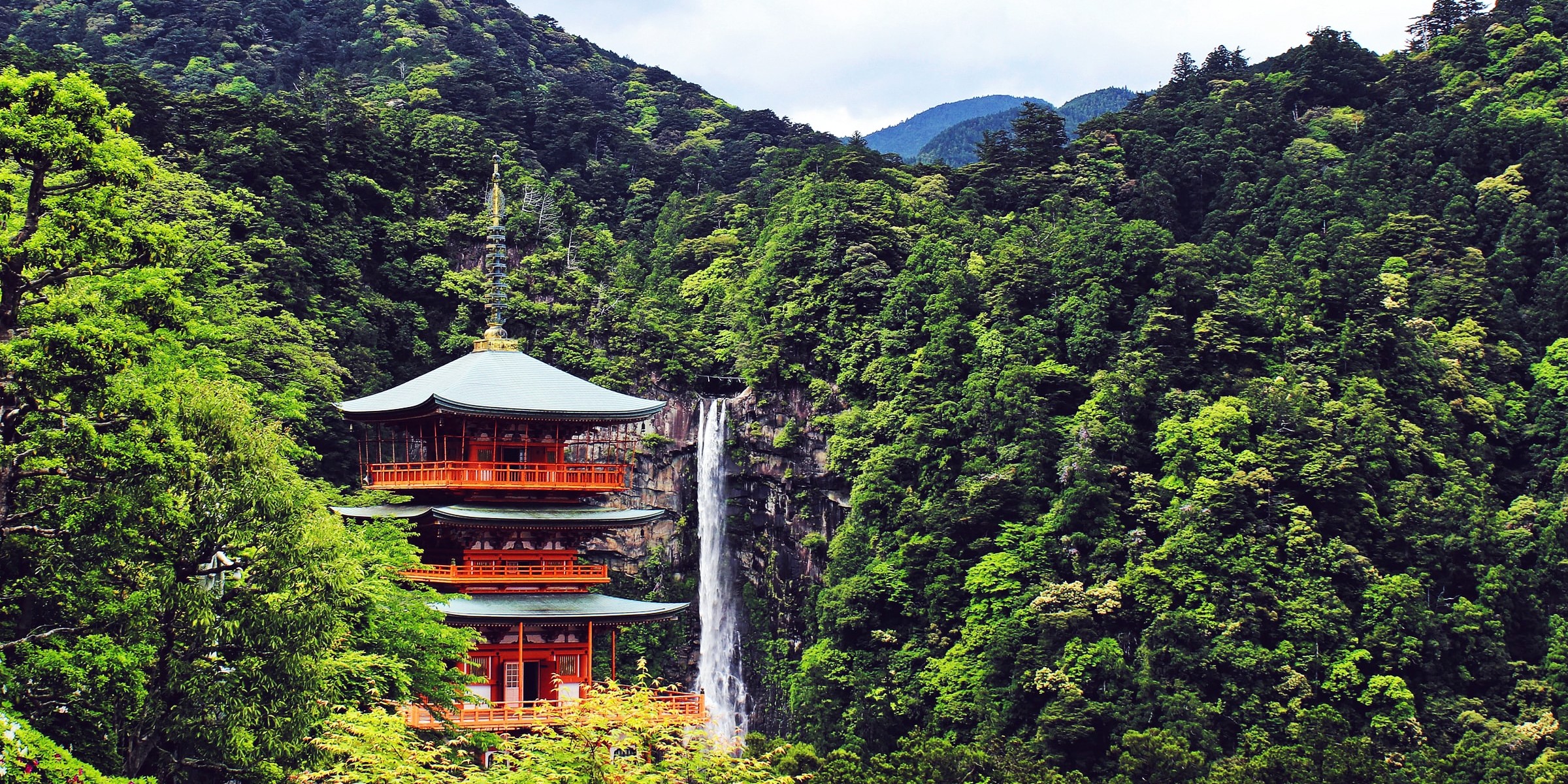
“Seigantoji Pagoda – Wakayama, Japan”
What to eat and drink
Japenese cuisine is celebrated around the world. And while you may have tried local favorites before, there are still countless creations left to be consumed. So tempt your taste buds with these picks.
■ Rice Dishes: You’re likely familiar with raw fish wrapped in rice and seaweed. But have you heard of sushi’s distant cousin, onigiri? They’re rice balls packed with filling and seaweed. Or go outside the box with unagi, which is grilled eel over rice.
■ Noodles: Ramen, udon, and soba are differentiated by their flavor, flour type, and cut. With ramen and udon typically served as a soup, and soba either chilled or in hot broth.
■ Tea: If you’re a fan of the hot beverage, you can find different flavor combinations all throughout Japan. Including matcha, sencha, genmaicha, ryokucha, gyokuro, and houjicha.
■ Traditional Desserts: Have a sweet tooth? Try taiyaki (fish-shaped cakes), dango (round dumplings), mochi (chewy rice balls), and dorayaki (filled pancake patties).
■ Sake: Fermented rice is used to create this alcoholic drink which you may also see labeled as nihonshu.
■ Nabe: Get excited for broth, vegetables, and protein simmered in a hot pot. With variations including sukiyaki, oden, and shabu shabu.
■ Trendy Sweets: Enjoy giant rainbow cotton candy at Totti Candy Factory, adorable animal designs at Eiswelt Gelato, edible flower desserts at Havaro, and jiggly cheesecake at Uncle Rikuro’s. Delicious and oh so photogenic!
■ Natto: This fermented soybean breakfast is not only rich in history, but flavor too. But just a heads up, many say it’s an acquired taste. So it may be a hit or miss for you.
■ Grilled Goodness: Whether you’re at a food market or restaurant, look for takoyaki (octopus balls), okonomiyaki (savory pancakes), and yakitori (skewered chicken).
■ Miso Soup: Another classic you may have tasted! But for newbies, dashi soup stock is mixed with a fermented paste called miso. Tofu, veggies, and more are then added.
■ Sashimi: A popular item (not to be confused with sushi), that’s just purely thinly slice raw seafood or meat.
■ Fried Goodness: Want battered and deep-fried seafood and veggies? Order tempura. In the mood for a panko-crusted cutlet? Go with katsu.
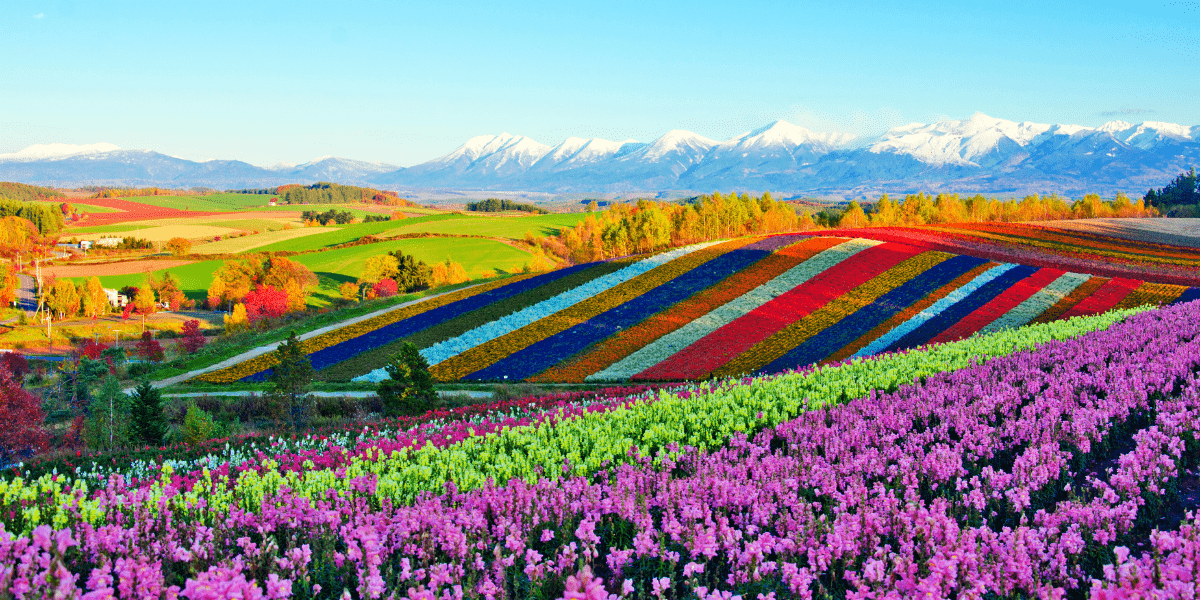
“Shikisai No Oka – Biei, Japan”
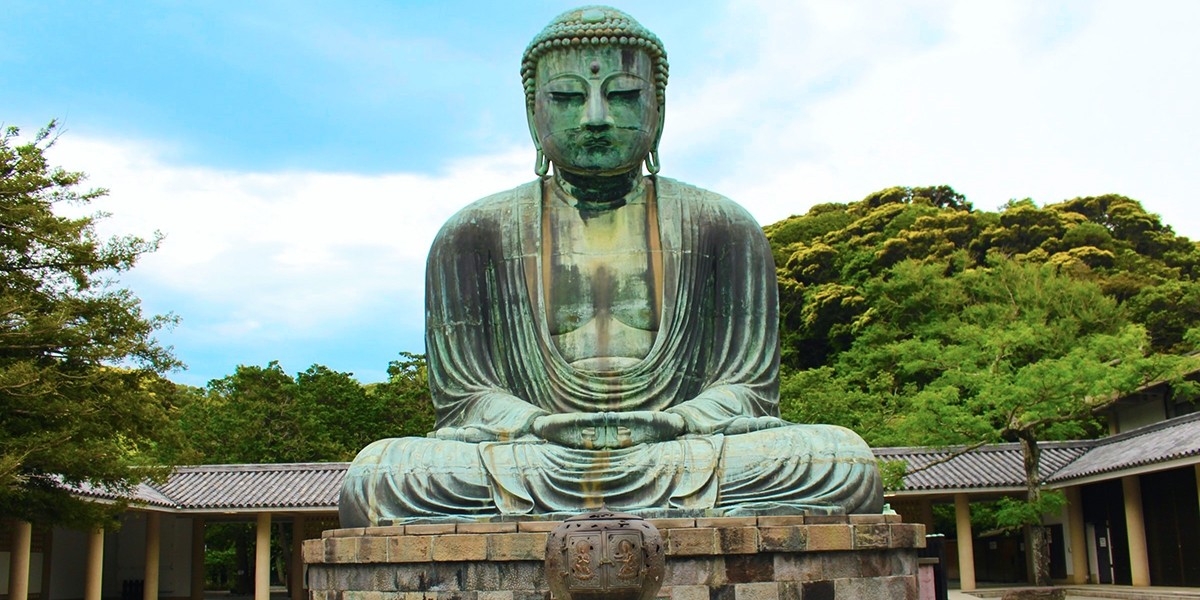
“Kōtoku-in – Kamakura, Japan”
CURRENCY INFORMATION
Whether you’re on a backpacker’s budget or are looking to treat yourself on a holiday away, get the scoop on the local money in the quick read below.
■ Currency Overview: Japan uses the yen (¥), sometimes seen as JPY. Notes are available in ¥1,000, ¥2,000, ¥5,000, and ¥10,000 with coins in ¥1, ¥5, ¥10, ¥50, ¥100, and ¥500.
■ Traveling to Nearby Countries: For those continuing your vacation outside of the country, you’ll need to make a currency exchange as only Japan uses the yen. Have a small amount left? Stock up on snacks at the grocery store, airport, or train station for your travel day or to keep at the hotel!
■ Currency Exchange in Japan: If you don’t make an exchange before your trip, you can do so once you land at most international airports, banks, or post offices. You might also stumble upon options through private currency exchange shops, malls, city centers, or large hotels. Just check the rates and commission fees as they can drastically vary.
■ Bank Cards: While cards are widely accepted in larger cities, cash is the main source of payment in Japan. So be sure to keep some on hand throughout your trip. Then before you start swiping your card, let your bank know of your travel plans. There they can also share with you any charges that will incur by using your card or an ATM while abroad.
■ ATMs: As cash is key, a debit card will come in handy for those interested in getting local currency from an ATM. Just keep in mind that only certain ATMs accept foreign bank cards, and many that do have specific operating hours. Which is why 7-Eleven and post offices are popular options for tourists.
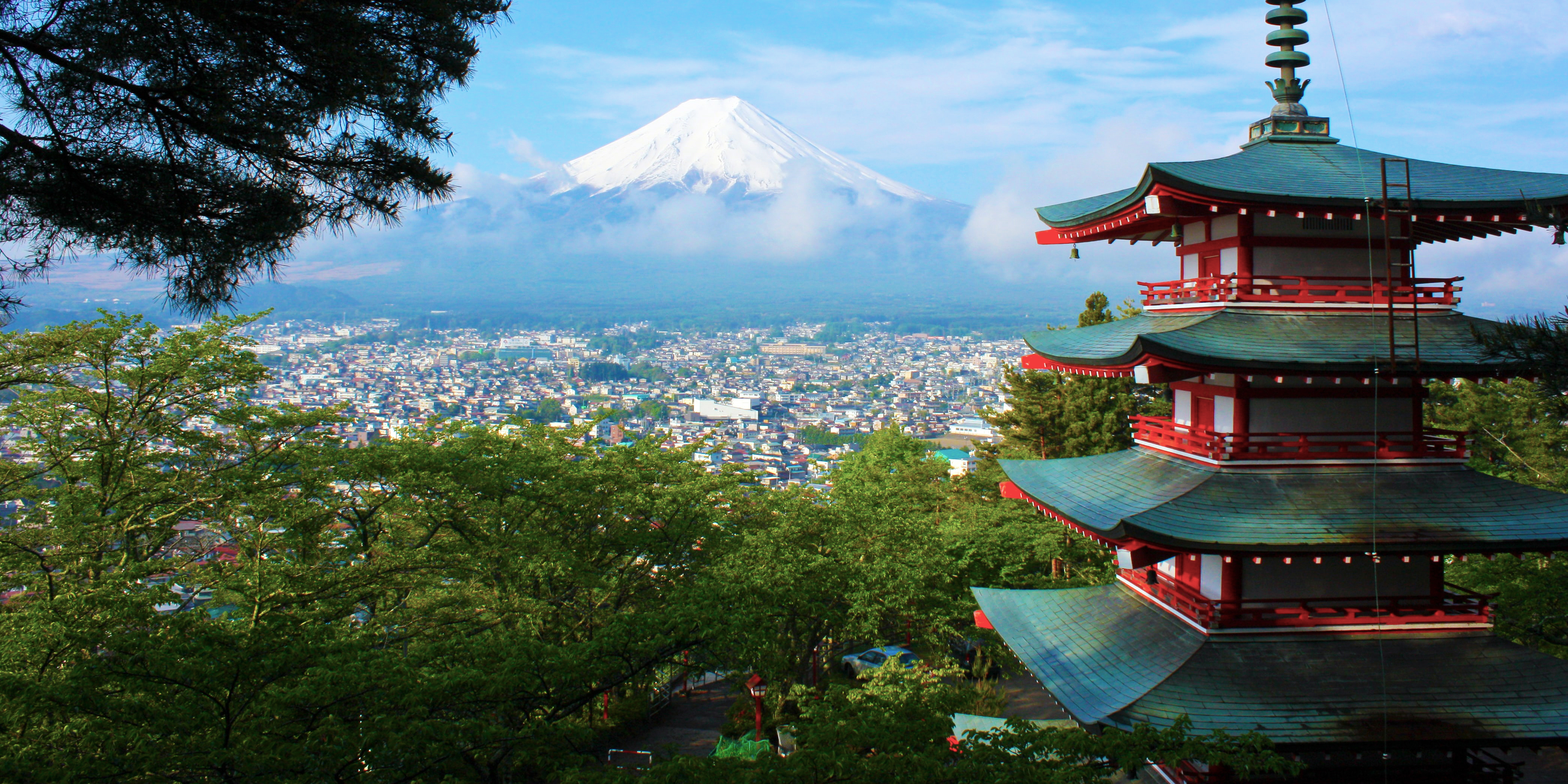
“Chureito Pagoda – Fujiyoshida, Japan”
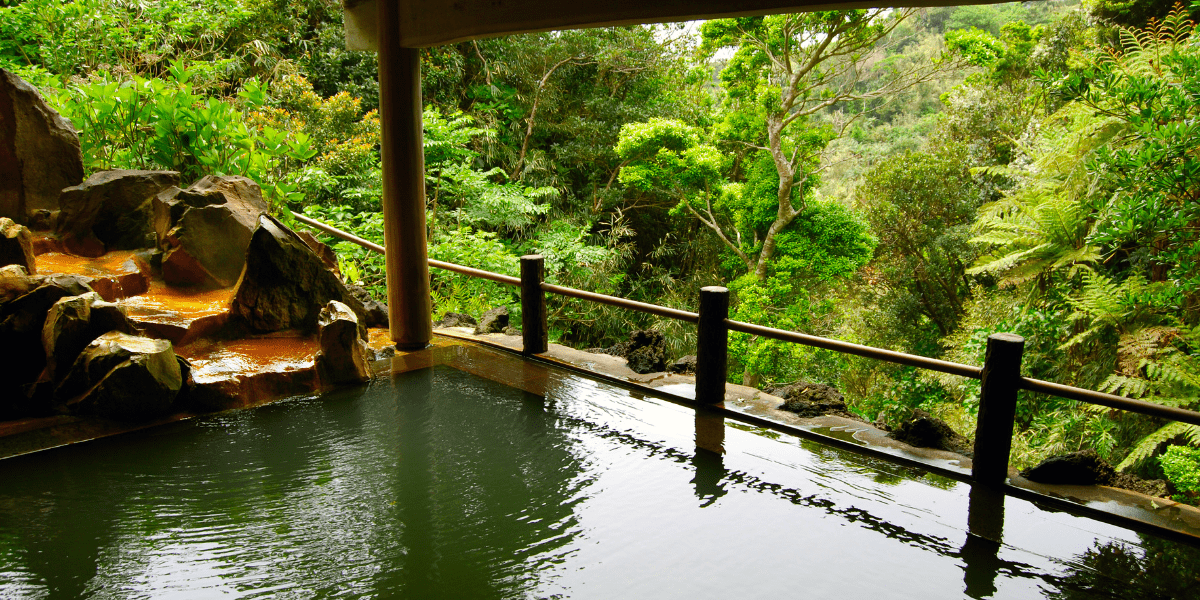
“Uramigataki Onsen -Hachijo, Japan”
CUSTOMS TO NOTE
Below is a roundup of information on public procedures, chopsticks etiquette, when to remove your shoes, and more when traveling in Japan.
■ Greetings: Use greetings like kon’nichiwa (hello) and sayōnara (goodbye) when speaking with someone you don’t know. Entering a restaurant or shop? You’ll likely hear irasshaimase (welcome). And while no response is needed, a smile, head nod, or hello is always a nice touch.
■ Bowing: You will see bowing used frequently in Japan as it has many different uses. And while tourists aren’t expected to know all of the meanings, a head nod is likely all you’ll need. As a bow with a deeper bend at the waist is used in more formal scenarios to show respect.
■ Tipping: Tipping is not customary and can even be perceived as disrespectful. So if you’re riding in a taxi or eating out, a service fee will likely be included. For those that don’t, tipping is still a no-go.
■ Clothing: There are no real outfit restrictions for Japan. So just pack for the season, and make sure your shoes can be easily removed. This is because outside shoes are seen as unclean and not to be worn inside the home, temples, and some restaurants. In that case, you’ll be given slippers or will need to rock your socks.
■ Eating: Chopsticks are the main utensil on the table, with forks, knives, and spoons used on occasion. With that, don’t rub your chopsticks together or use them to point or stab food. Then when using soy sauce, pour it in the small side dish to dip rather than directly over your food.
■ Tap Water: Japan’s drinking water is so clean that it’s made top lists worldwide! Which means you can fill up your reusable container with tap water (unless otherwise stated) to save money. And have peace of mind that the water used for cooking shouldn’t upset your stomach.
■ Driving: Drivers in Japan use the left side of the road. If you’re renting a car, expect an automatic transmission. Looking for manual? Check with the booking company for availability and if an extra fee would be associated.
■ Public Procedures: From not blowing your nose in public to speaking quietly on your phone, there are a few things to avoid in public. Like if you want to point at someone or something, use your hand to gesture rather than your finger. Lines are also important, so be sure to follow along and not skip those already waiting.
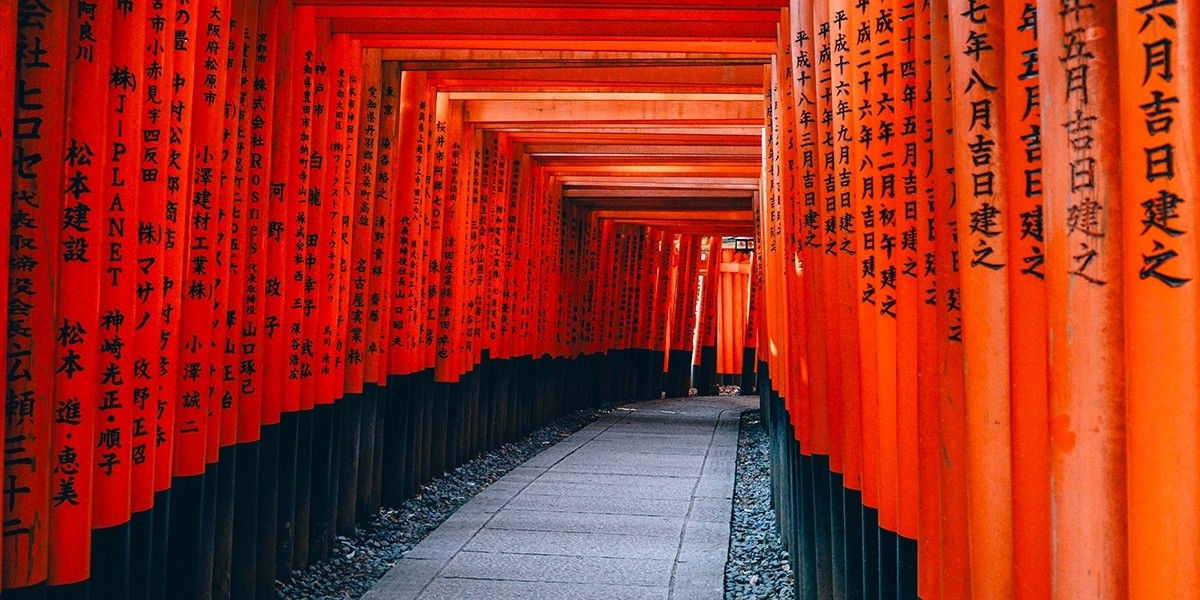
“Fushimi Iinari Shrine – Kyoto, Japan”
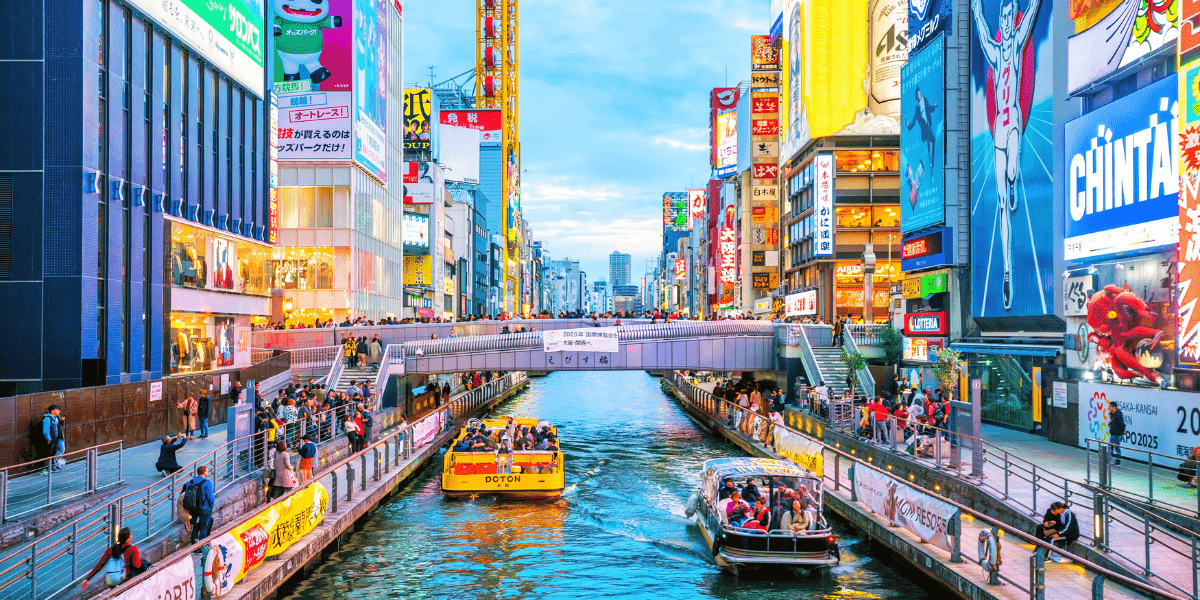
“Dotonbori – Osaka, Japan”
PHRASES TO KNOW
Japenese is the country’s official language. So give these phrases a try when communicating with locals during your holiday!
■ Kon’nichiwa (こんにちは) = Hello
■ Sayōnara (さようなら) = Goodbye
■ Kanpai (乾杯) = Cheers
■ Ohayō gozaimasu (おはようございます) = Good morning
■ Konbanwa (こんばんは) = Good evening
■ Oyasuminasai (おやすみなさい) = Good night
■ Hai (はい) = Yes
■ Iie (いいえ) = No
■ Arigatō (ありがとう) = Thank you
■ Ikura desu ka? (いくらですか) = How much is it?
■ Onegaishimasu (お願いします) = Please
■ Sumimasen (すみません) = Excuse me or sorry
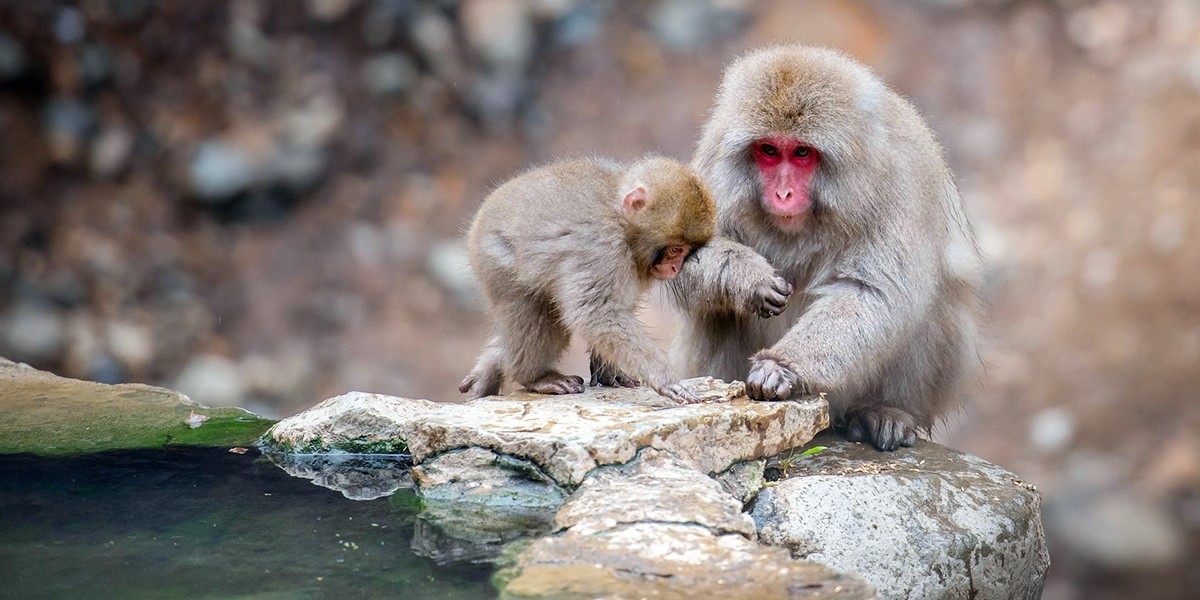
“Jigokudani Monkey Park – Nagano, Japan ”
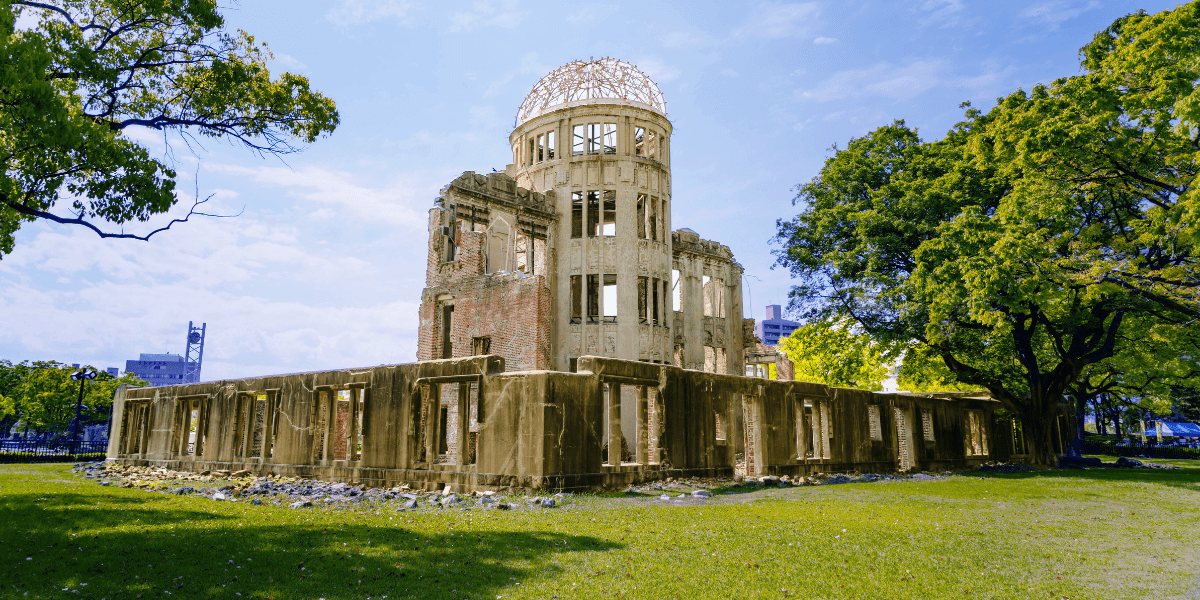
“Atomic Dome – Hiroshima, Japan”
Any other recommendations?
Want more travel tips, fun finds, and unique discoveries? Peruse these articles to help plan your trip!
-
14 Fun Ways to Stay Active While Traveling
Heading on a holiday? Whether you're looking to stay in shape or just stay active while traveling, here are 14 fun ways to workout on vacation!
-
50 Travel Tips to Become the Ultimate Jet-Setter
Explore 50 of my favorite travel tips to pack like a pro, capture incredible photos, save money for a trip, stay safe as a solo traveler, and more.
-
A Rundown on Regional Pizza Styles Across the United States
America has so many unique types of pizza. Get the full scoop on some of the regional pizza styles across the United States to try during your travels.
What most excites you about Japan? And for previous visitors, where are you dreaming of returning to again? Let the group know in the comments!


